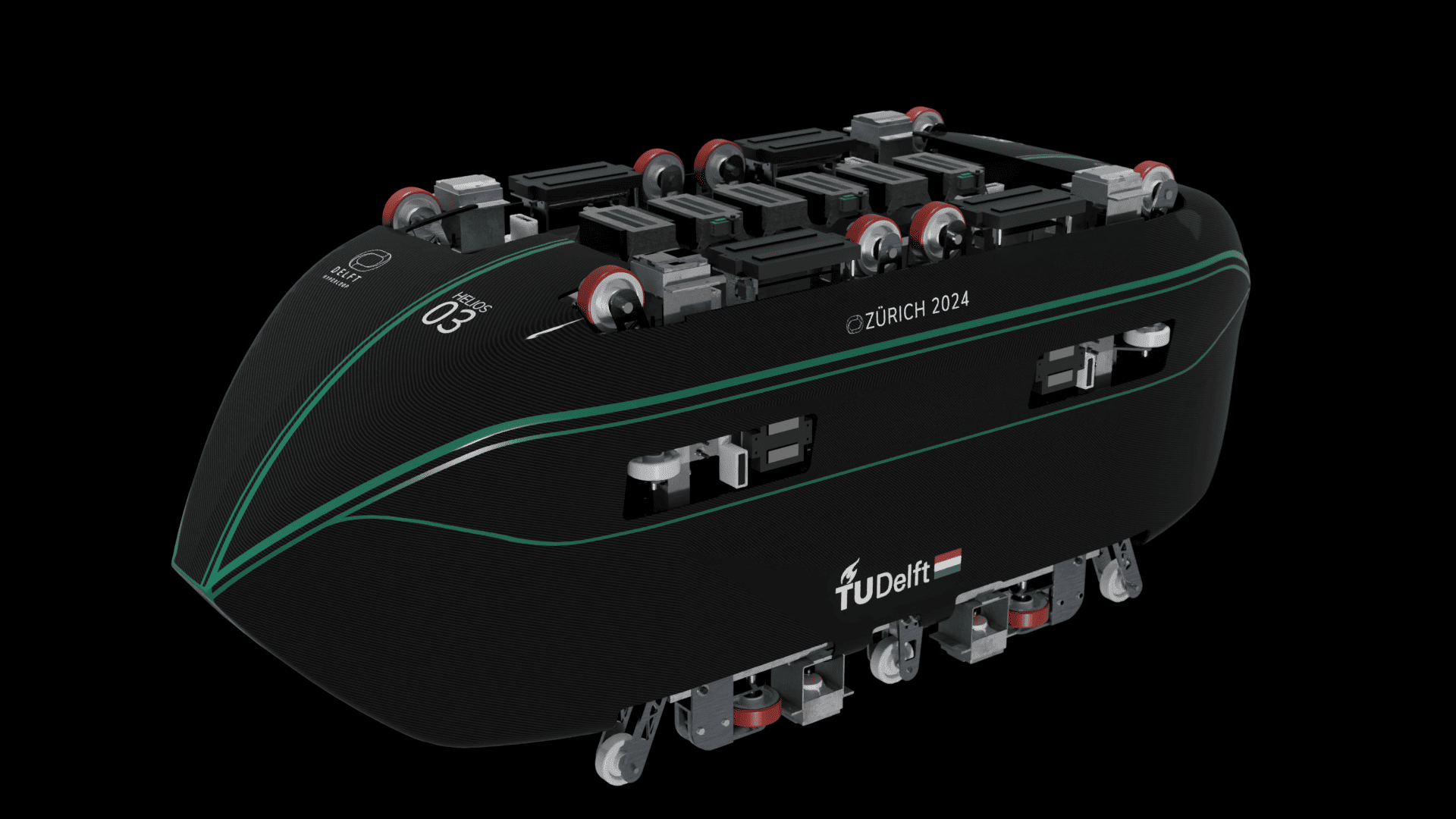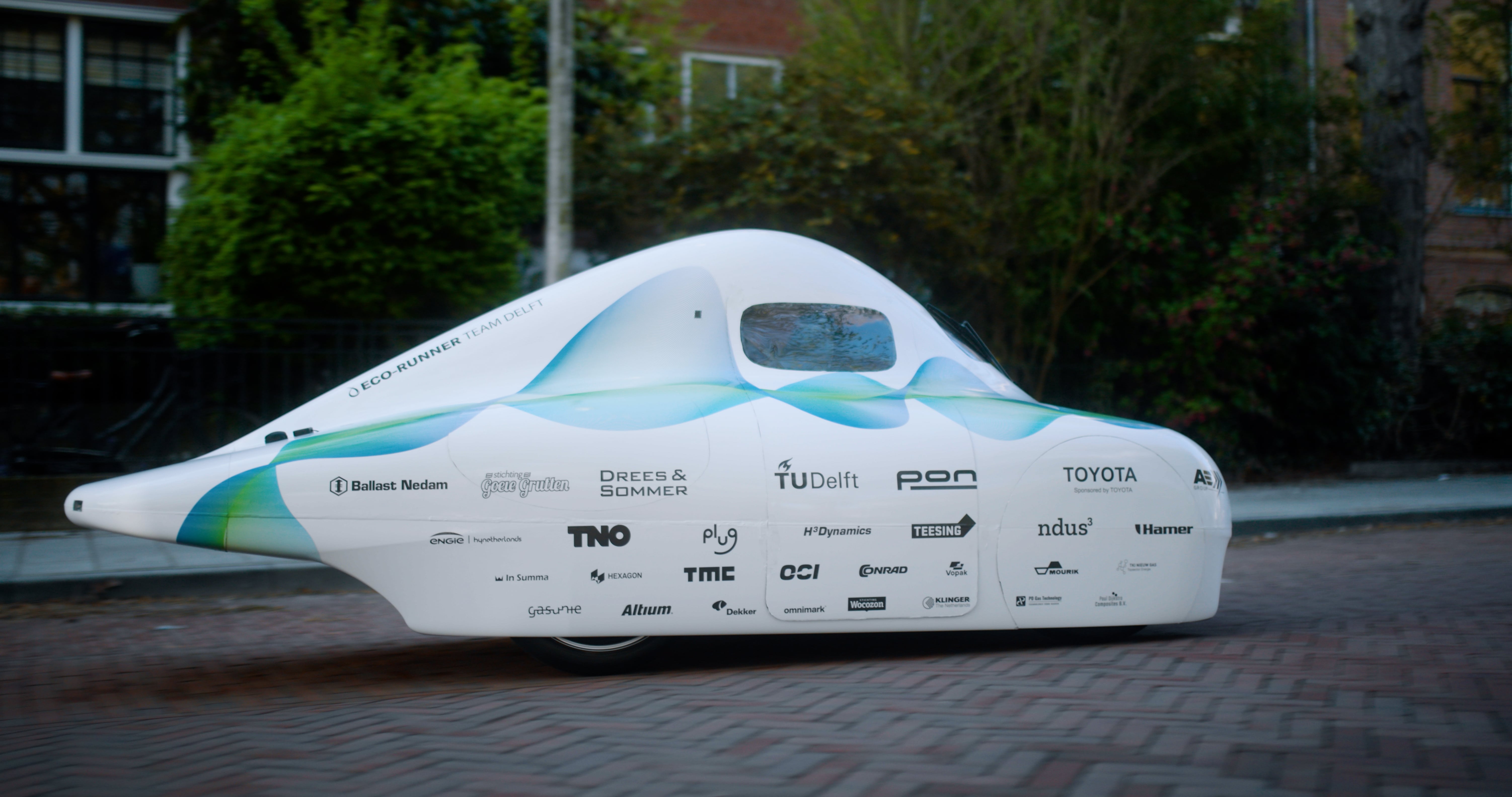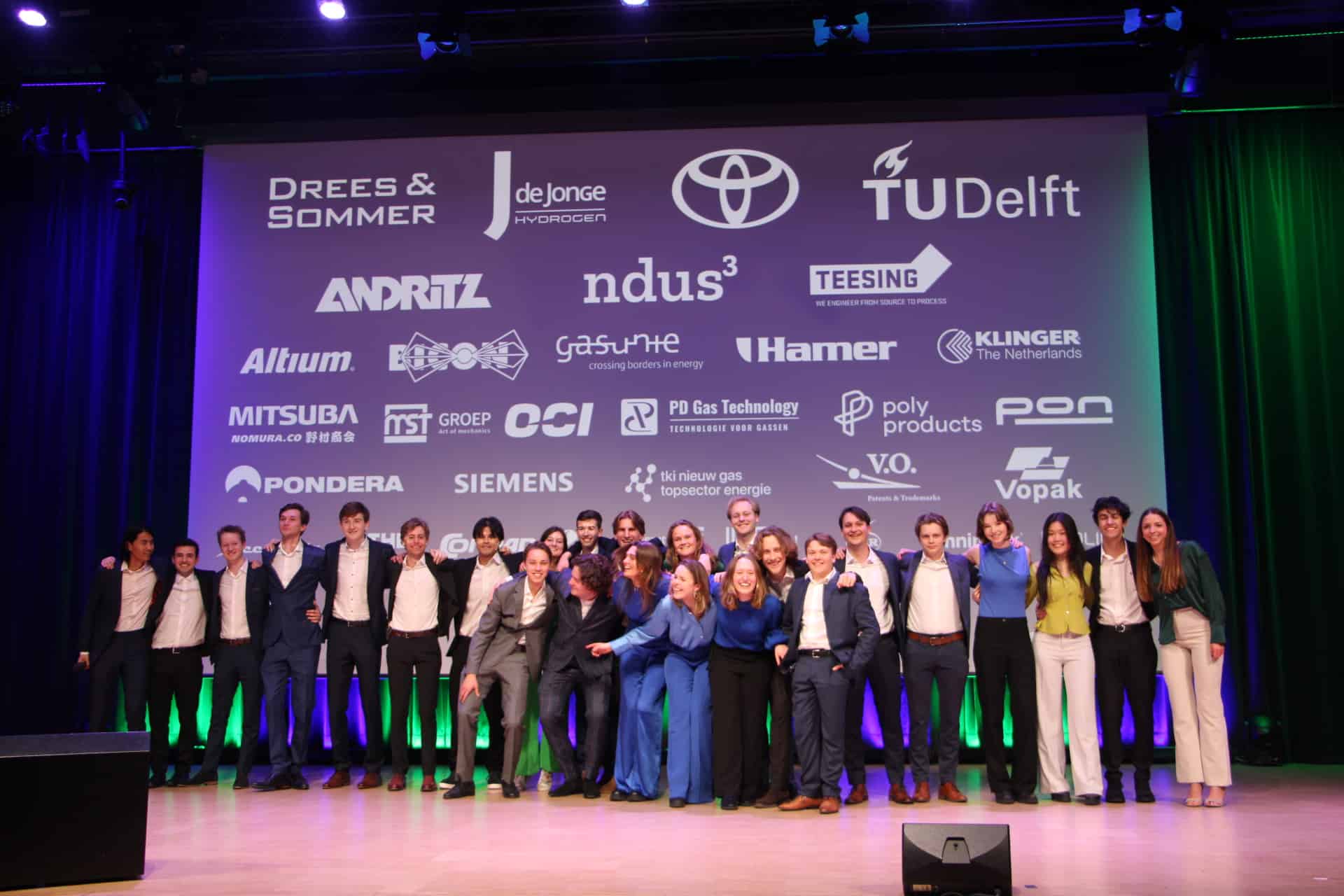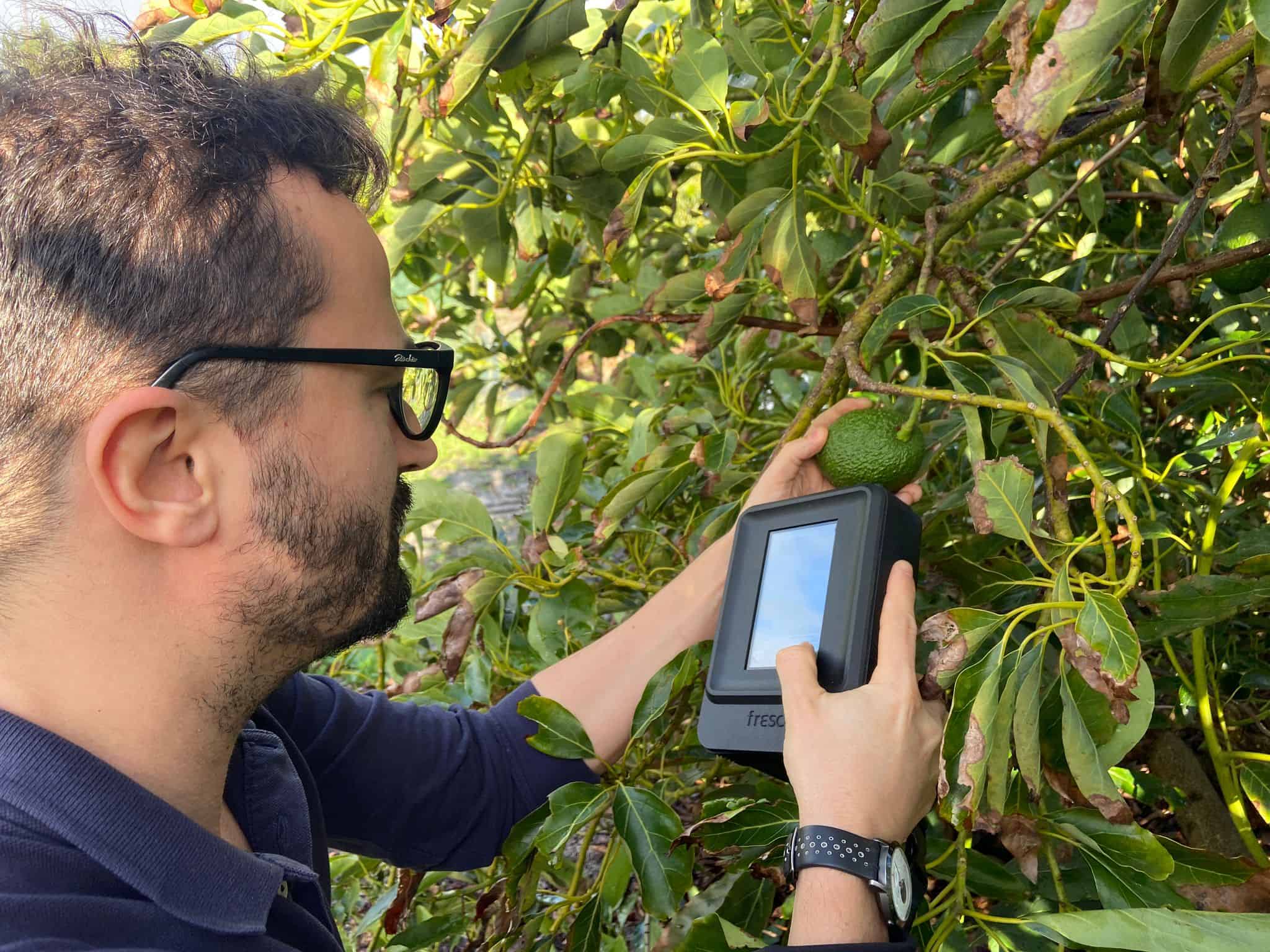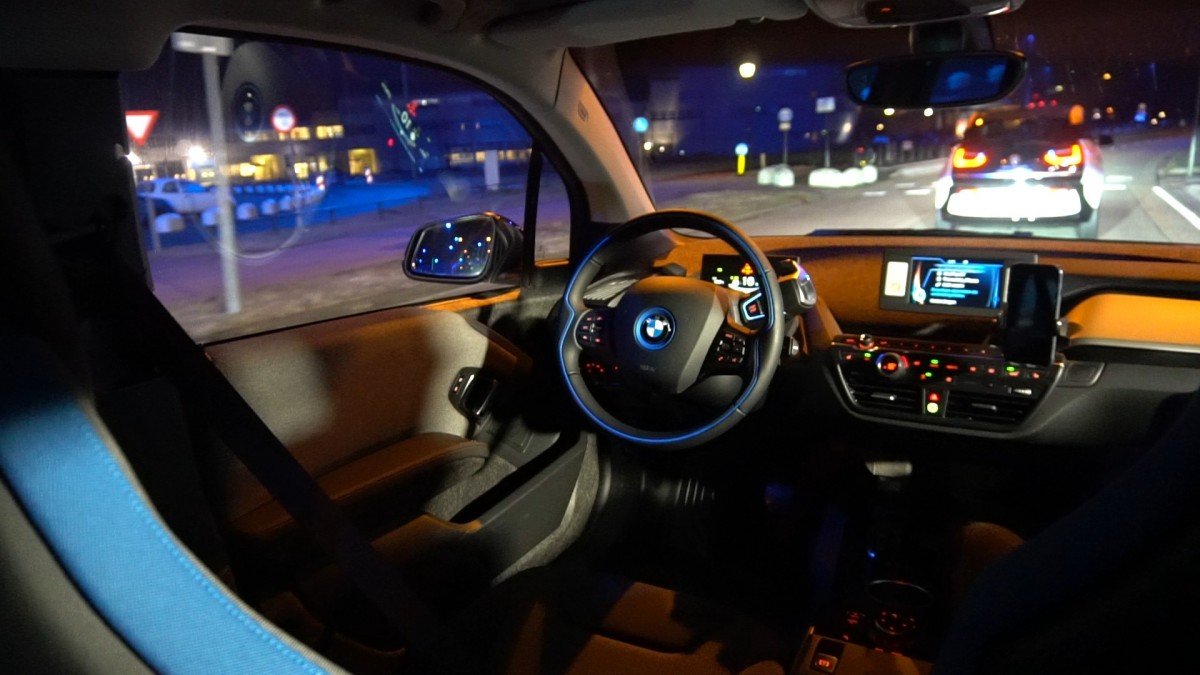
Scientists from the Delft University of Technology (TU Delft, the Netherlands) have developed a new model that helps better describe human driving behavior.
The algorithm works using a risk threshold to better predict driving actions. The model can be used in self-driving cars within the foreseeable future.
Optimal route
Current models determine driving behavior by using an optimal route. An optimal route is an ideal route, although that’s often not how people drive. Researcher Sarvesh Kolekar of the department of Cognitive Robotics: “For example, you don’t drive exactly in the middle of the lane all the time. If the risks stay within certain limits that are still acceptable to you, you tend not to do that so much.” This is called the risk threshold.
“Today’s intelligent cars drive very nicely. They constantly look for the safest route: that is, one route with the appropriate speed. This leads to a ‘robotic” way of driving. In order to gain a better understanding of human driving behavior, we experimented with the development of a new model. We used the human risk threshold as the underlying principle for this model,” Kolekar says.
Driver’s Risk Field
Kolekar introduced the Driver’s Risk Field (DRF). This is a field around the car that indicates at each point how much risk the driver thinks they are running. The DRF also includes the severity of the consequences of the risk. Human ways of thinking are mapped out in this way.
“The DRF is inspired by a concept from psychology that was presented a long time ago (in 1938) by Gibson and Crooks. These authors hypothesized that motorists can feel a risk field around them, so to speak. It is on this basis that drivers maneuver through traffic,” Kolekar explains.

Kolekar translated this idea (conceived by Gibson and Hooks) into an algorithm. Based on this algorithm, the car adjusts the speed and lane position to keep the predicted risk within acceptable limits.
Driving scenarios
The new model has been tested on seven different driving scenarios. Among others, while overtaking a car and avoiding an obstacle. “We compared the predictions made by the model with the experimental data on human driving behavior contained in the literature that is out there. Fortunately, a great deal of information is already available about this.”
“It turns out that all our model needs is just a small number of parameters in order to recognize human driving behavior. The model can predict human adjustments in speed and lane positions in all seven scenarios without having seen them first.”
The model can be adapted to self-driving cars. “If these take more account of how people drive in real life, this can boost the acceptance of these types of cars. After all, the car’s driving behavior will feel less like a robot then.”
Also of interest:
This Dutch visionary predicted self-driving car as early as half a century ago
Read more IO articles on self-driving cars here.


